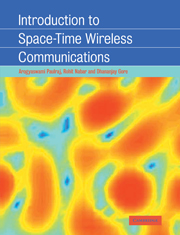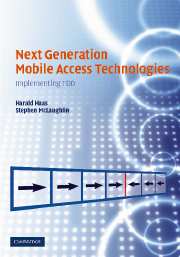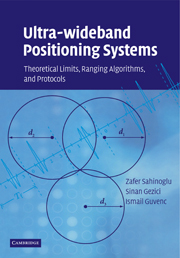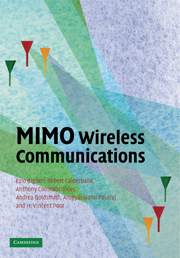Introduction to Space-Time Wireless Communications
Wireless networks are under constant pressure to provide ever higher data rates to increasing numbers of users with greater reliability. Space-time processing technology, which uses multiple antennas and sophisticated signal processing techniques, is a powerful new tool for improving system performance. The technology already features in the UMTS and CDMA2000 mobile standards. This book is an accessible introduction to the theory of space-time wireless communications. The authors discuss the basics of space-time propagation, space-time channels, channel capacity, spatial diversity and space-time coding. They highlight important trade-offs in the design of practical systems and cover advanced topics such as space-time OFDM and spread-spectrum modulation, co-channel interference cancellation, and multiuser MIMO. The book is an ideal introduction to this rapidly growing field for graduate students taking courses on wireless communications and for practitioners in the wireless industry. Homework problems and other supporting material are available on a companion website.
- Provides broad coverage that is simple without sacrificing any accuracy
- Focuses on MIMO technology, but single input-multiple output (SIMO) and multiple input-single output (MISO) models are also developed
- Homework exercises and other support material are available on a companion website
Product details
June 2008Paperback
9780521065931
308 pages
229 × 152 × 16 mm
0.55kg
6 tables
Available
Table of Contents
- 1. Introduction
- 2. Space-time propagation
- 3. Space-time channel and signal models
- 4. Capacity of space-time channels
- 5. Spatial diversity
- 6. Space-time coding without channel knowledge at the transmitter
- 7. Space-time receivers
- 8. Exploiting channel knowledge at the receiver
- 9. Space-time OFDM and spread spectrum modulation
- 10. MIMO-multiuser
- 11. Space-time co-channel interference mitigation
- 12. Performance limits and tradeoffs in MIMO channels.






